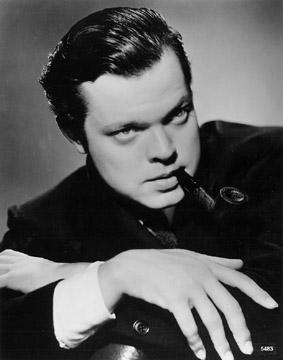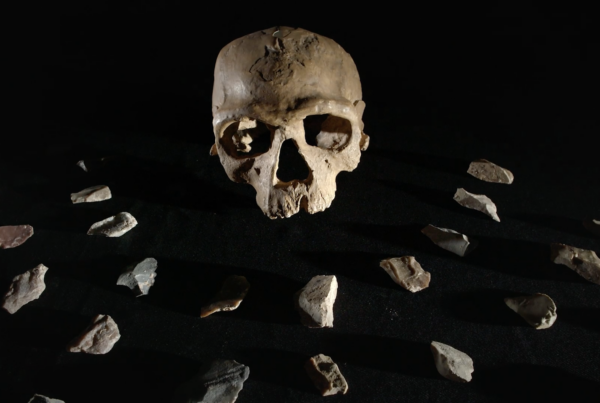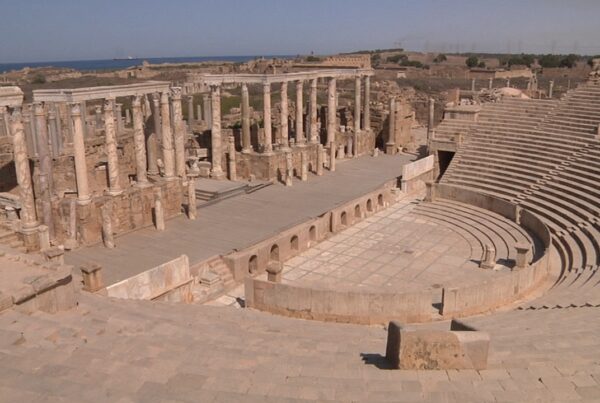“It’s All True”, a feature film of three stories about Latin America
Two weeks after Pearl Harbor, in December 1941, Welles was asked by Nelson Rockefeller (then, the coordinator of Inter-American Affairs) to make a film as part of the Good Neighbor Policy. RKO Radio Pictures, of which Rockefeller was a major shareholder and a member of its board of directors, would finance the production, together with the Office of Inter-American Affairs. Orson Welles accepts and the “It’s All True” project starts.
The first story of the film, “My Friend Bonito”, was shot in September 1941 in Mexico under Welles supervision and was about a Mexican boy’s friendship with a bull. Because of its subject and location, it was later integrated into “It’s All True”. The second film “The story of Samba” was filmed in Brazil in 1942.
The third story of the film was inspired by an article Welles read in the December 8, 1941 issue of Time, titled “Four Men on a Raft”. The story was about four Brazilian fishermen who set sail from Fortaleza on a simple sailing raft (jangada). After 61 days and 1.650 miles without any navigating instruments, they sailed into Rio de Janeiro harbor as national heroes. The four men, led by Manoel Olimpio Meira, called “Jacaré” (alligator) had arrived to file their grievances directly to President Vargas against an economically exploitative system in which all fishermen were forced to divide half of their weekly catch amongst themselves (the other half went to the jangada owners) and that they were ineligible for social security benefits. The result was a bill that was signed into law by President Vargas that entitled the jangadeiros to the same benefits awarded to all union labourers: retirement funds, pensions for widows and children, housing, education and medical care.
The re-enactment of this epic voyage was to become the centrepiece of “It’s All True”. But It also coasted the life of the leader of the four jangadeiros: during filming, Jacaré fell from a jangada and was swallowed by a treacherous ocean current. His dead body was discovered a week later.
In 1942, major changes occurred at RKO; Rockefeller, the main backer of the film, left the RKO board of directors, which caused a re-evaluation of the “It’s All True” project. Welles’ relations with his studio were troubled during production. Being in Brazil led to communication problems and misunderstandings between himself and the studio. The escalating costs of the project and the production-related death of Jacaré also worked against the film, and RKO terminated the project. Welles was allowed to finish shooting “Four Men on a Raft” by mid-July 1942 with a minimal budget and crew. When he returned to the United States, RKO ended its contract with him and “It’s All True” was abandoned.
Welles sought to continue the project elsewhere and tried to persuade other movie studios to finance the completion of the project. He eventually managed to purchase some of the footage of the film, but ended up relinquishing ownership back to RKO based on his inability to pay the storage costs of the film. Some footage was eventually dumped into the Pacific Ocean by RKO to create additional space in its studio storage facilities.
The remaining footage was forgotten in the RKO vaults until it was discovered in 1985 in 300 cans, some labelled “Bonito”, others “Brazil”.
The driving force for bringing this material to light was Richard Wilson, who collaborated with Welles on “It’s All True” and most of his stage productions, radio shows, and other feature films. In 1986, Wilson made a 22 minute trailer to raise money for the project. In 1988, together with Catherine Benamou, a Latin American and Caribbean specialist fluent of the dialect spoken by the jangadeiros, performed field research and conducted interviews with the film’s original participants in Mexico and Brazil. Wilson continued to work despite having been diagnosed with cancer. It wasn’t until after his death, in 1991, when the project finally got the funding needed to complete the documentary from Canal Plus. The film was finally released in 1993.
- Direction: ORSON WELLES
- Production: CANAL PLUS







